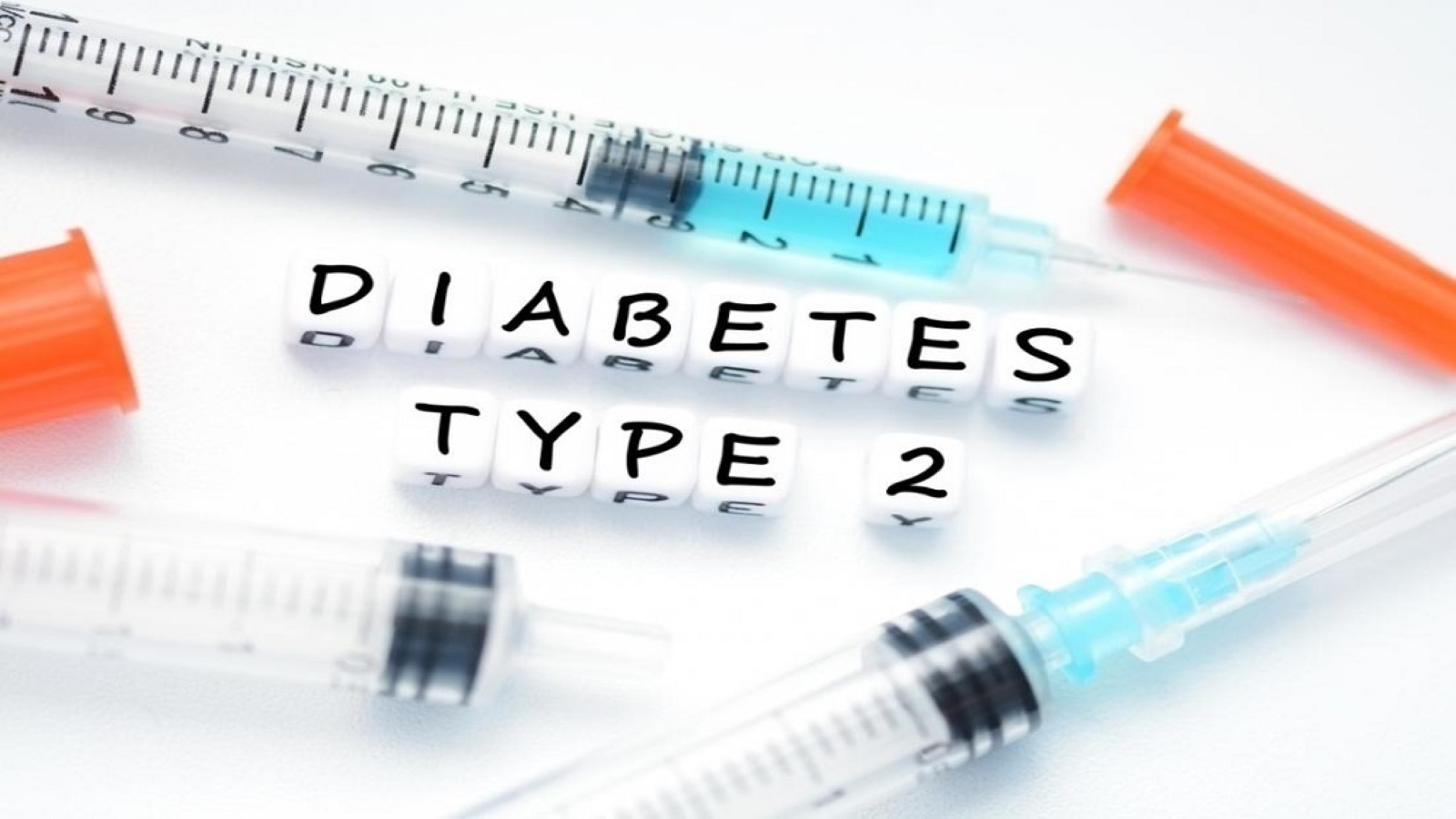
The prevalence of diabetes across the U.S. has increased over the past 20 years, a Centers for Disease Control and Prevention (CDC) study revealed; it also showed that income-related inequalities were connected to rates of diabetes between 2001 and 2018.
These research results were presented at the recent 81st Scientific Sessions held virtually by the American Diabetes Association (ADA).
“We found that low-income populations are more likely to have diabetes and that income-related inequalities in diabetes appear to have widened over the past decade,” Dr. Yu Chen, Prevention Effectiveness Fellow in the CDC’s Division of Diabetes Translation, told the ADA. “This research suggests addressing factors early and developing and scaling effective type 2 diabetes prevention interventions among lower-income populations can help reduce diabetes inequalities.”
Between 2001 and 2018, diabetes was disproportionately more common in low-income populations. Data showed that “between 2011 and 2014, compared with persons with high income, the relative percentage increase in diabetes prevalence was 40%, 74.1%, and 100.4% for those classified as middle income, near-poor and poor, respectively,” according to the ADA.
The ADA also reported that those between the ages of 45 and 64 had the highest level of income-related inequalities in diabetes. Data further revealed that the degree of inequality increased for women after 2012.